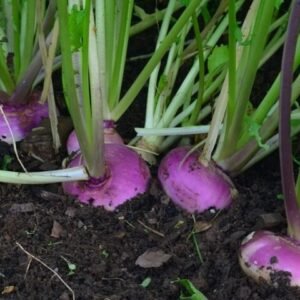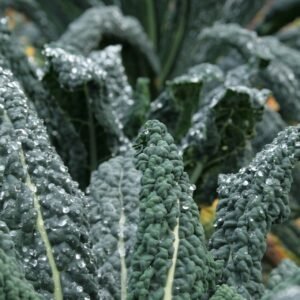-
FREE P&P ON ORDERS over £25 - £2.50 P&P on orders under £25
We are unable to deliver to N.Ireland, Europe or The rest of the worlD
- Sorry, this product cannot be purchased.
Organic Squash ‘Uchiki Kuri’
£2.80
Availability: 14 in stock
The Uchiki Kuri Squash…one of our favourites! It was first grown on the Japanese Island Hokkaido in the 1920’s. It is a tear drop shaped squash with a thick orange flesh which is sweet and nutty.
Kuri means chestnut in Japanese.
It goes by many names including Red Kuri, Hokkaido squash, Japanese Squash, climbing onion squash, baby red Hubbard or Potimarron in France!
We love this squash baked or in soups and consider it to be a more flavourful alternative to the Butternut Squash.
The seeds should be sown in 8cm pots in the spring. Plant out when the risk of frost has passed at around 90cm apart. It should be harvested in the Autumn before the first frosts.
Seed Story
Squash originated in Central America around 8,000 – 10,000 years ago but they were unknown in Europe until the late 16th century.
They are one of the largest and most diverse types of fruits in the plant world.
Squash is notorious for cross pollination which has resulted in the diverse variety we know today.
There are different types of squash; winter and summer. Winter squashes tend to have harder rinds which assists with storage whereas summer squashes like the courgette have a much thinner rind and grow a lot faster.
Winter squashes are often vining, long season plants and can be used to help with ground cover to prevent weeds whereas summer squashes tend to be bush plants.
Indigenous tribes in Native America used to use squash as part of the ‘three sisters’ method of planting. This method uses corn, beans and squash. The squash is used for ground cover, the corn is used to support the beans and the beans fix the nitrogen in the soil for the benefit of the corn and the squash.
Did you know that squash flowers are edible? They can be eaten fresh, steamed, fried, baked or stuffed!






